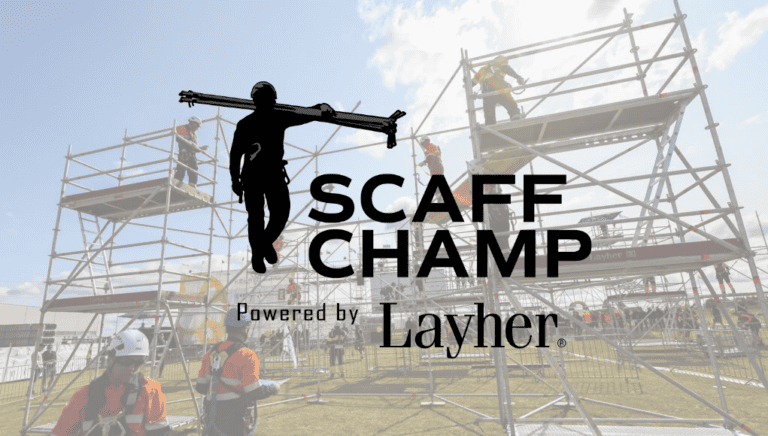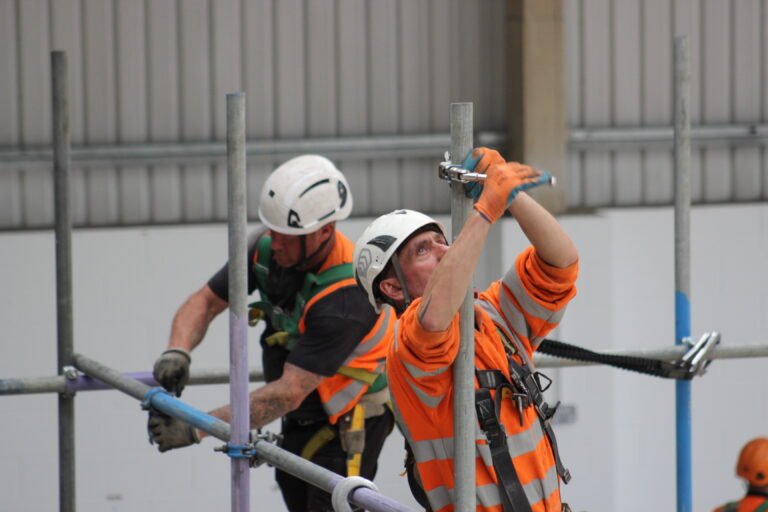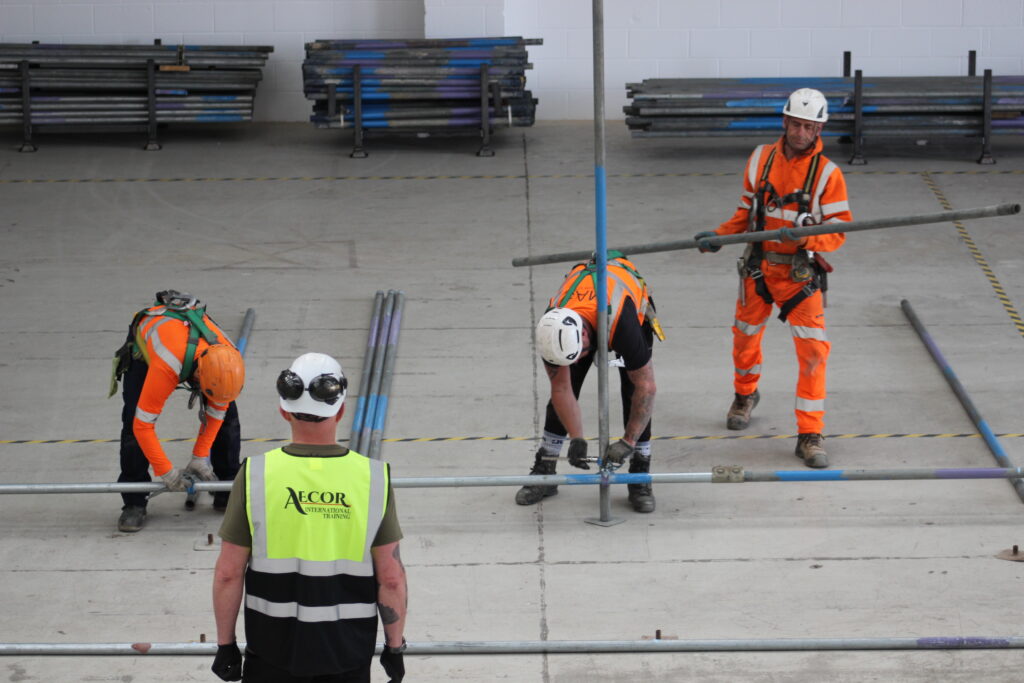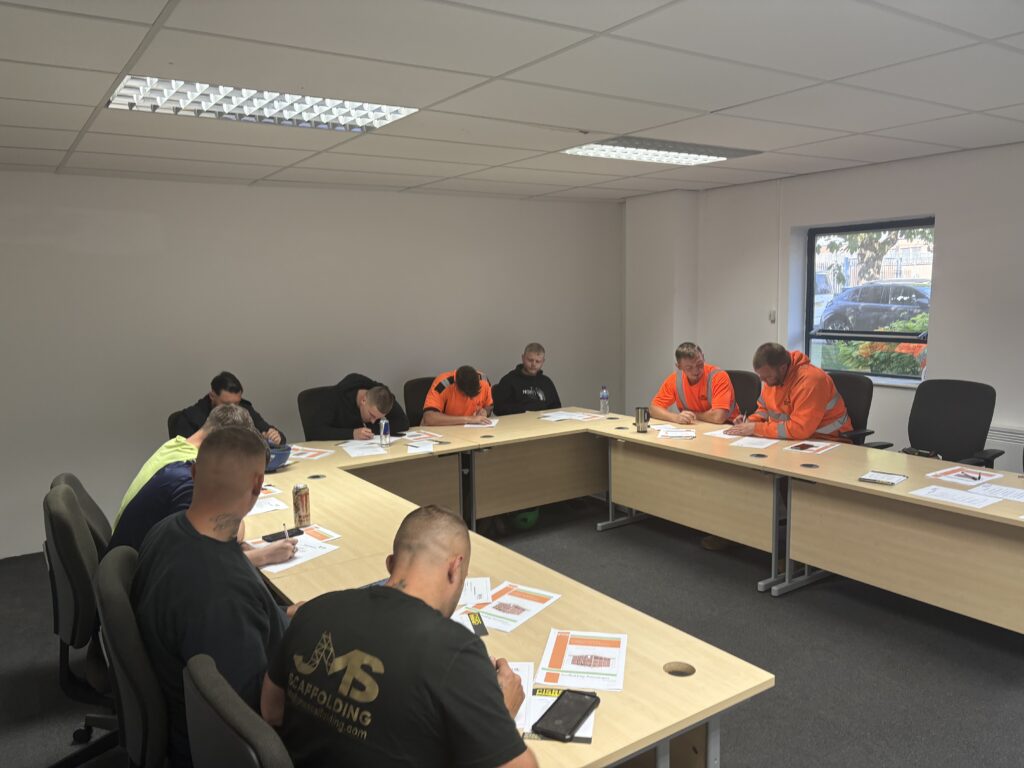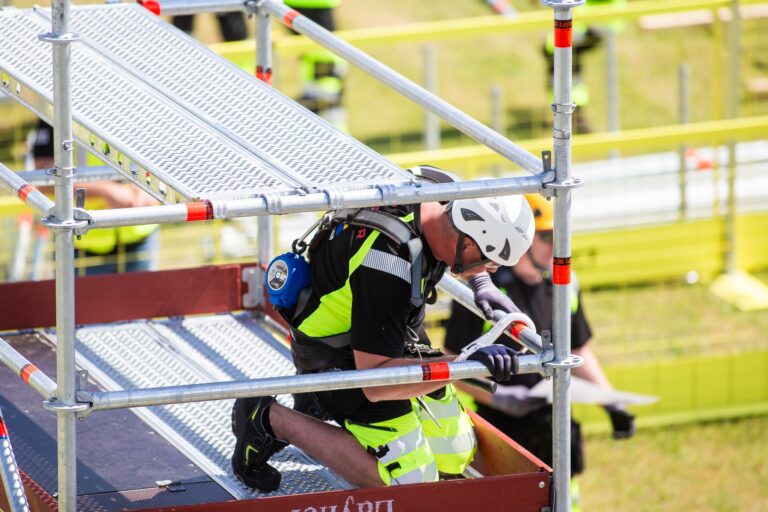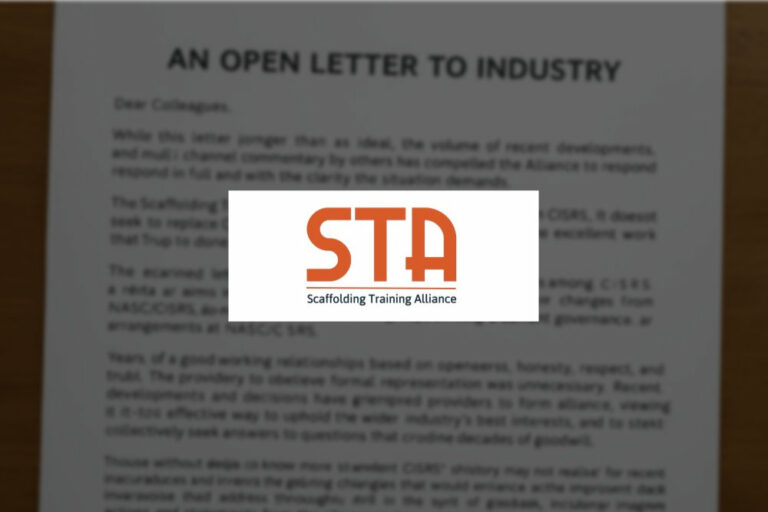The international scaffolding competition ScaffChamp 2025 has officially begun, with participants from 18 countries arriving in Vilnius for the start of the two-day event.
Friday marked the opening of the competition, with a schedule focused on registration, introductions, and team briefings ahead of the main contest on Saturday.
Held annually, ScaffChamp brings together elite scaffolding teams from across Europe, Asia, and the Americas to compete in speed, safety, and technical precision. The 2025 edition is once again hosted in Vilnius, Lithuania.
Warm welcome
The day began with team registration and an official welcome from event organisers. Attendees were introduced to the competition format and given a first look at the structure they will be assembling during the contest.

Representatives from countries including Germany, Ireland, Chile, Mongolia, and the UK were present, with several teams returning from previous years.
Contests and briefings
Following the opening ceremony, teams and guests took part in a series of informal activities and scaffold-themed challenges. The afternoon included a technical briefing where participants were walked through the judging criteria, safety protocols, and task requirements.
A team presentation and draw later confirmed the running order for Saturday’s main event.
There was a strong sense of anticipation among competitors throughout the day. Several teams expressed confidence in their preparations and praised the professionalism of the event setup.
The UK’s AK Scaffolding were among those sounding confident ahead of tomorrow’s challenge.
“We haven’t come here just to take part — we’re here to win,” one team member told ScaffMag.

The team drew attention for their focused attitude and sharp engagement during the briefings.
Meanwhile, Team USA (Trekker Group) also arrived with determination and momentum. The team told ScaffMag they had been training intensively in the weeks leading up to the event, including full builds in over 100°F heat in Florida.
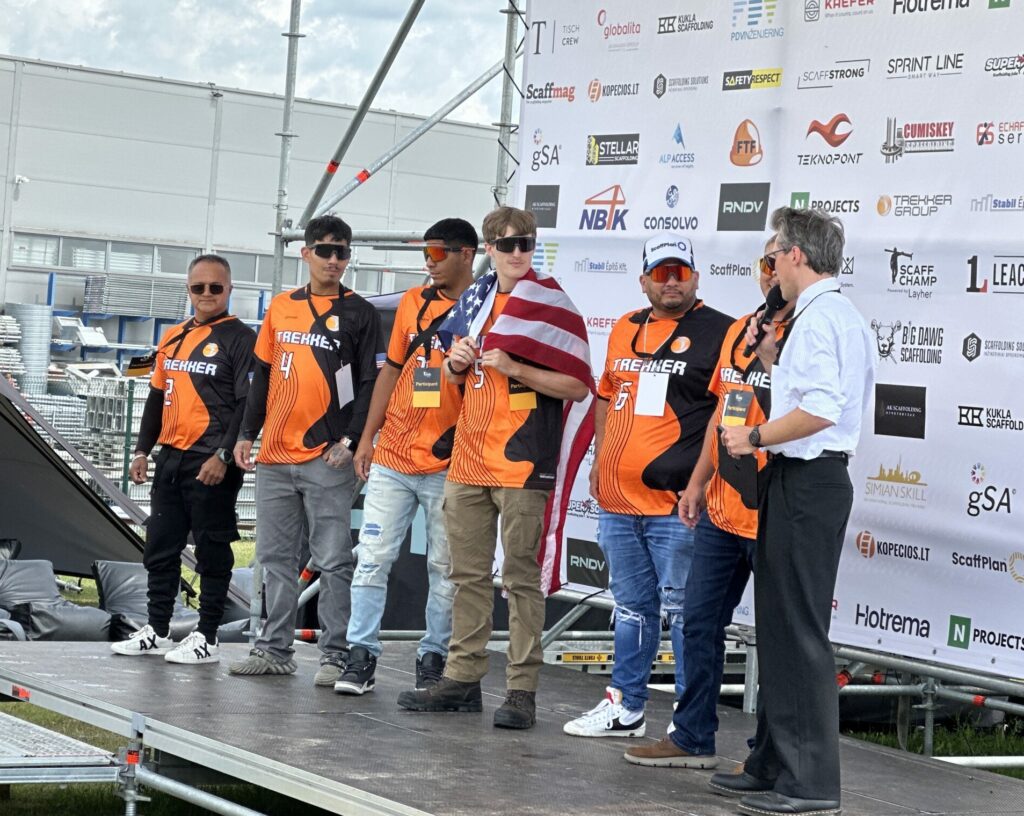
“We’ve put in the hours. Conditions back home were brutal — but we’re ready,” said one of their team leaders. Many on the ground have already tipped the USA as one to watch.
Structure revealed by ScaffPlan
A highlight of the afternoon was the big reveal of the competition structure, designed by ScaffPlan, the event’s official design technology partner.
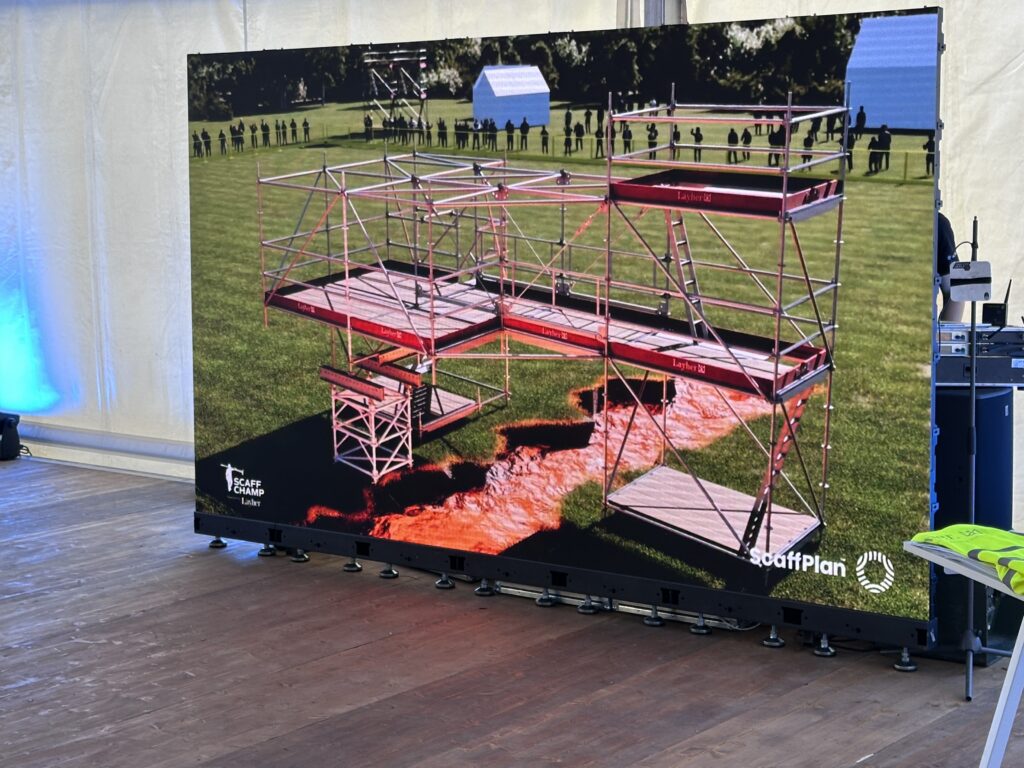
This year’s structure has been described by organisers as one of the most challenging yet, demanding precise teamwork and time efficiency. The model was unveiled during the technical briefing, with each team given digital and printed schematics to review.
Ben Beaumont, Director at ScaffPlan, was on hand to answer questions and walk participants through key design details, safety requirements, and judging focus points.
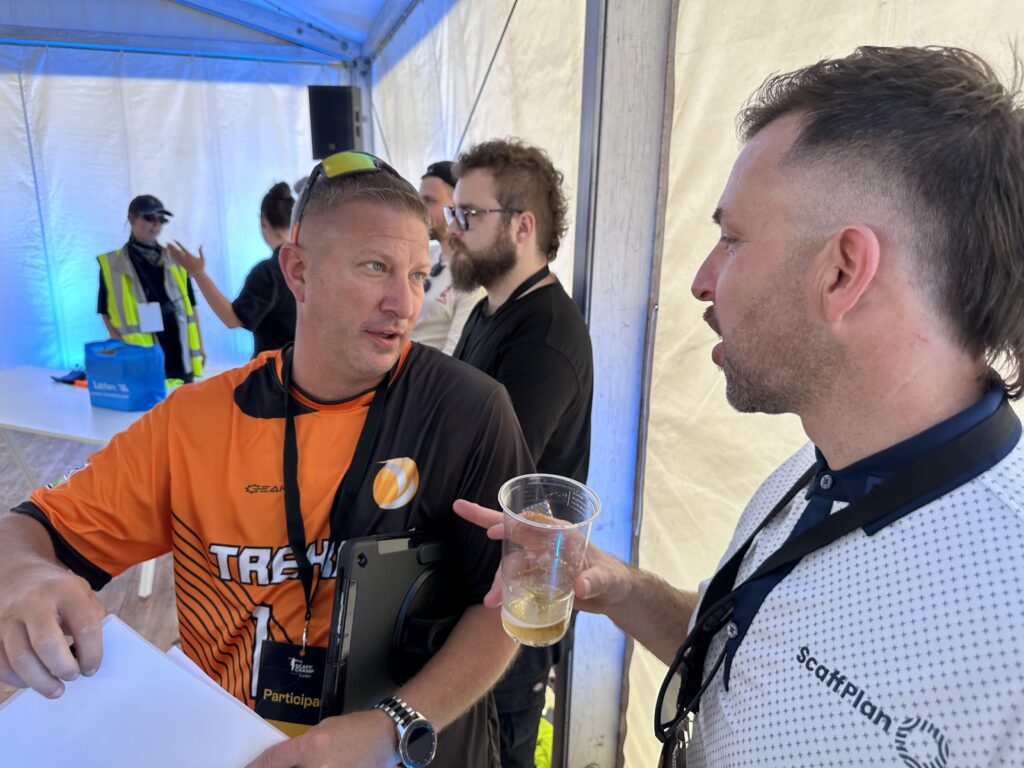
“It’s a complex structure that will push the best teams to demonstrate their full range of skill,” said one of the referees.
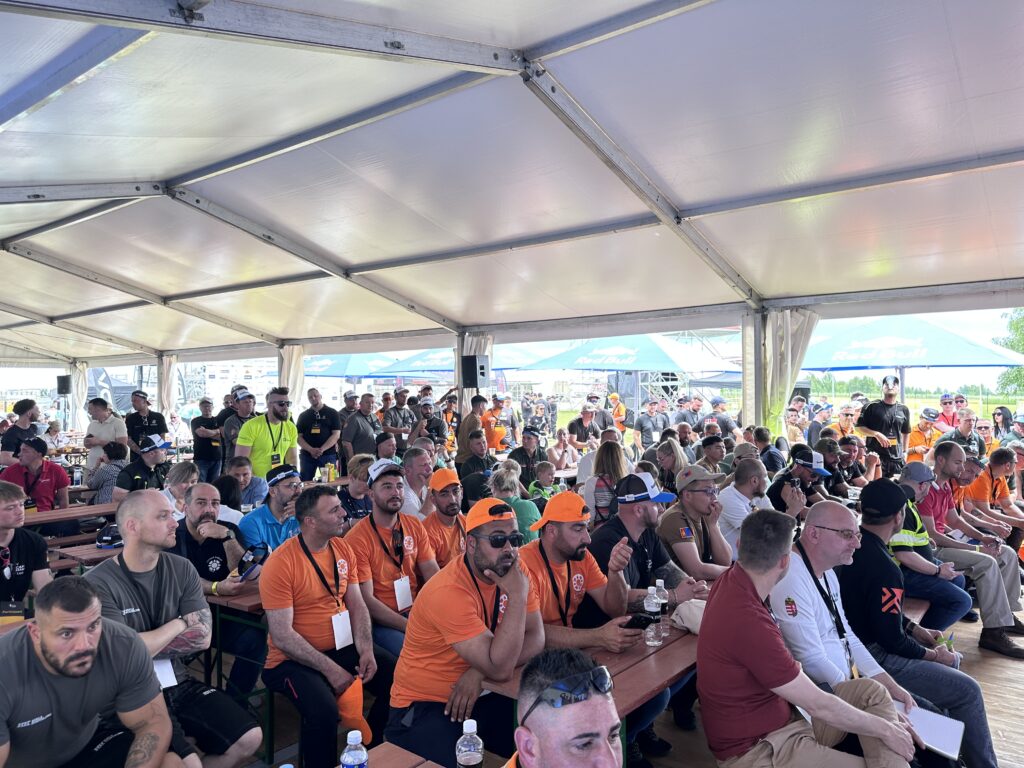
Team Order – ScaffChamp 2025
Round 1:
-
AlpAccess – Romania
-
Consolvo AS – Norway
-
RNDV Industries – Lithuania
-
Bilfinger – Germany
-
PDV Inženjering – Serbia
-
Hotrema – Lithuania
-
Tisch – Germany
-
FTF Servicios – Chile
-
Echafaudage Service – France
-
Stabil Épít? – Hungary
Round 2:
-
Globalita – Lithuania
-
Kaefer Sweden – Sweden
-
Teknopont SRL – Italy
-
Trekker Group – United States
-
Team Mongolia (NBIK) – Mongolia
-
Kukla Scaffolding – Slovakia
-
N-Projects – Poland
-
AK Scaffolding – United Kingdom
-
Cumiskey Scaffolding – Ireland
-
Team Türkiye – Turkey
Looking ahead
The full competition begins at 11:40 EET tomorrow (Saturday, 7 June) and will be livestreamed globally.
ScaffMag will continue to provide live coverage from Vilnius, including real-time updates, results, and behind-the-scenes content via its dedicated live blog.

